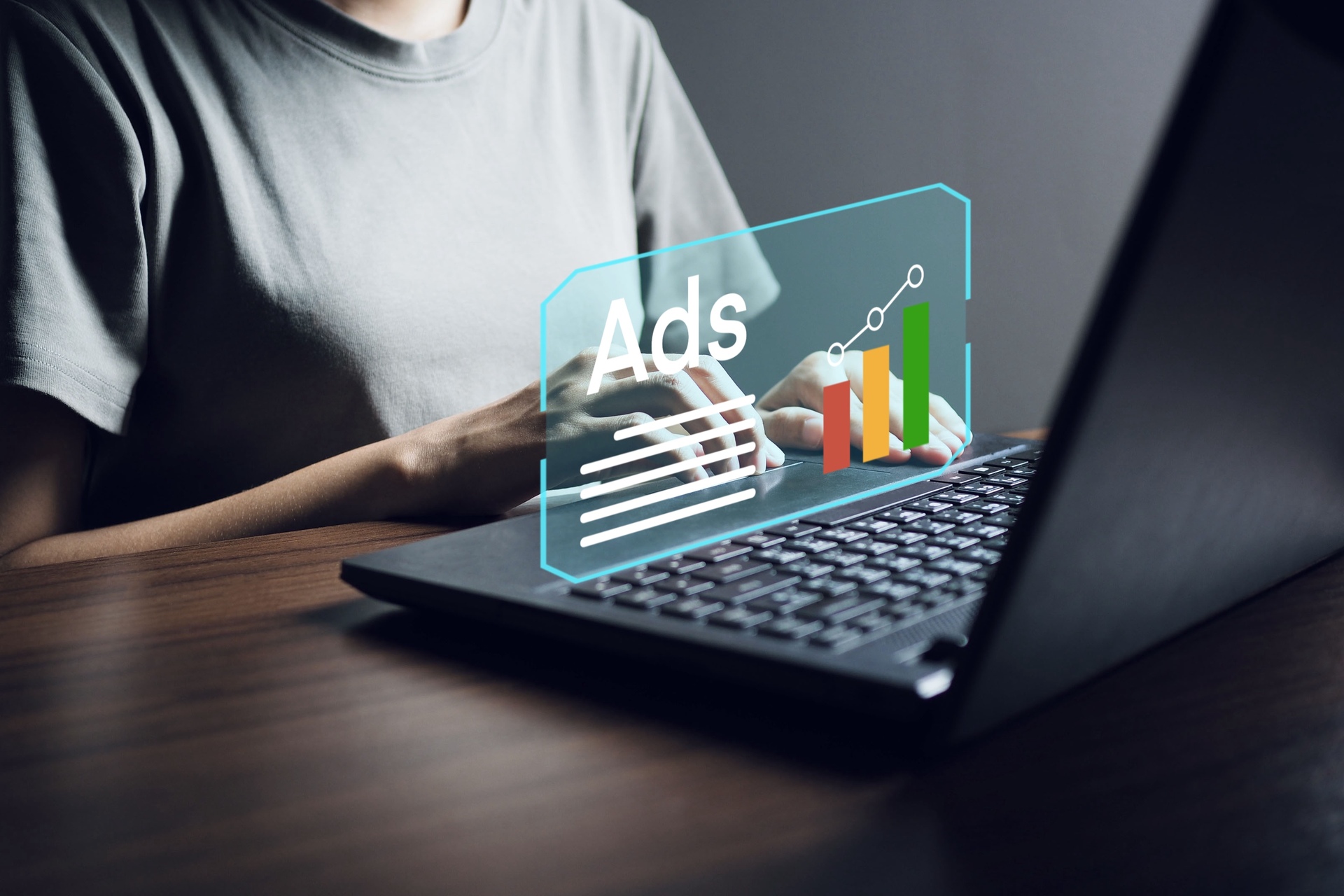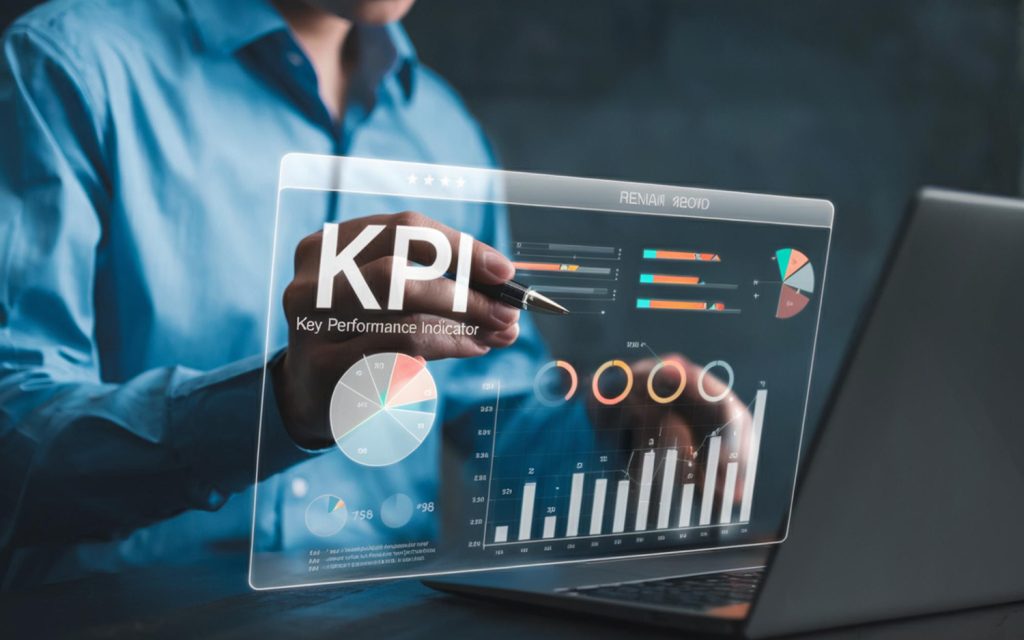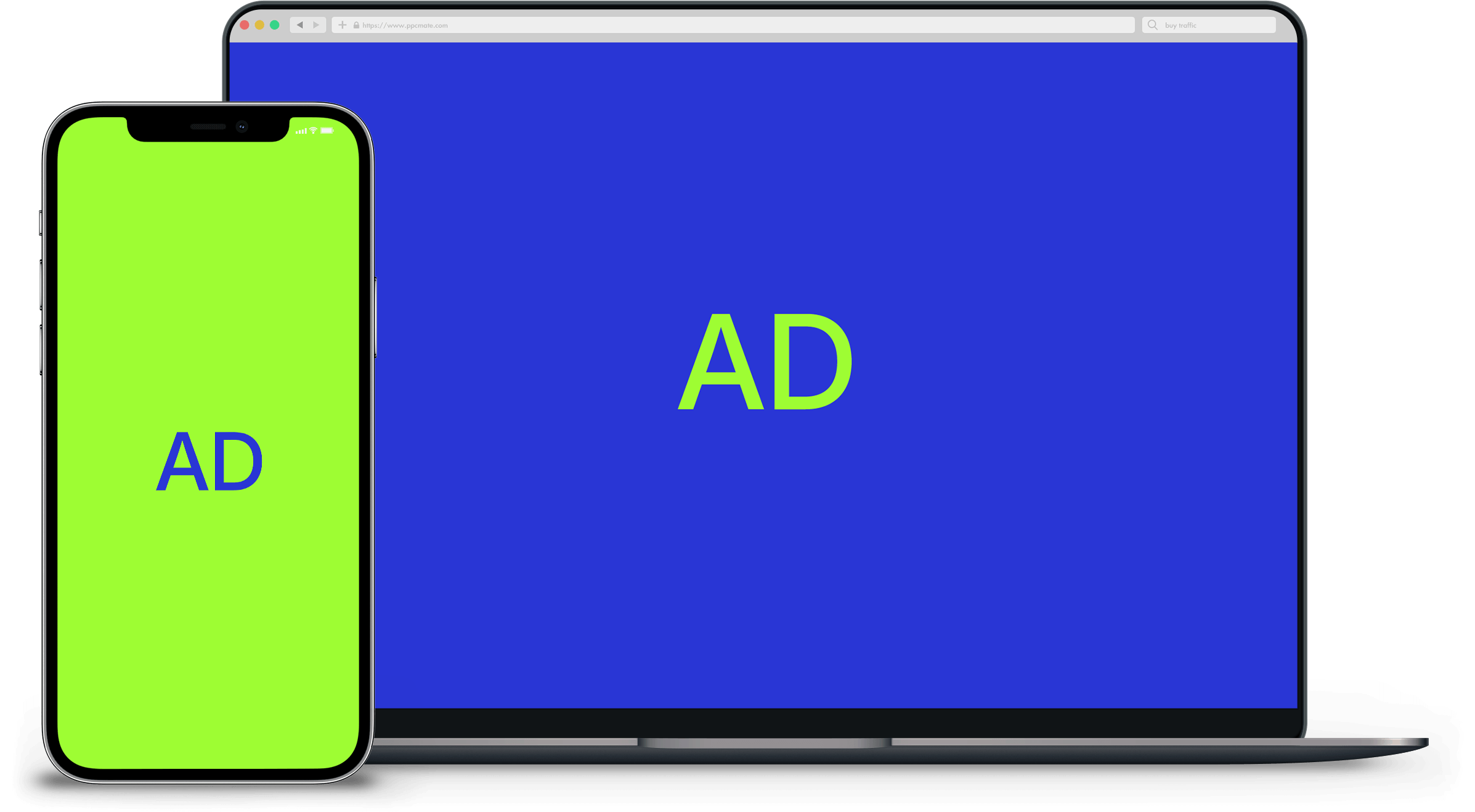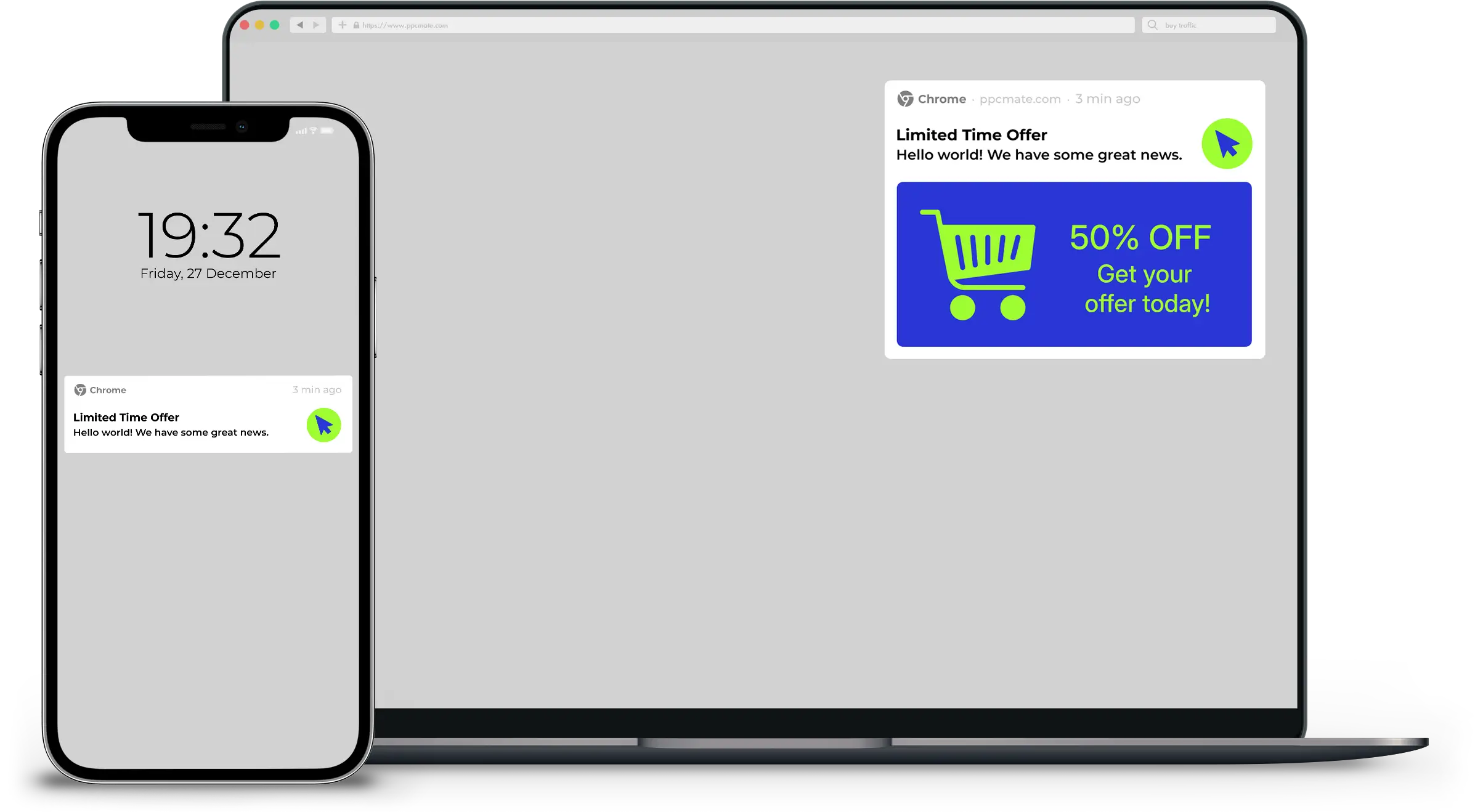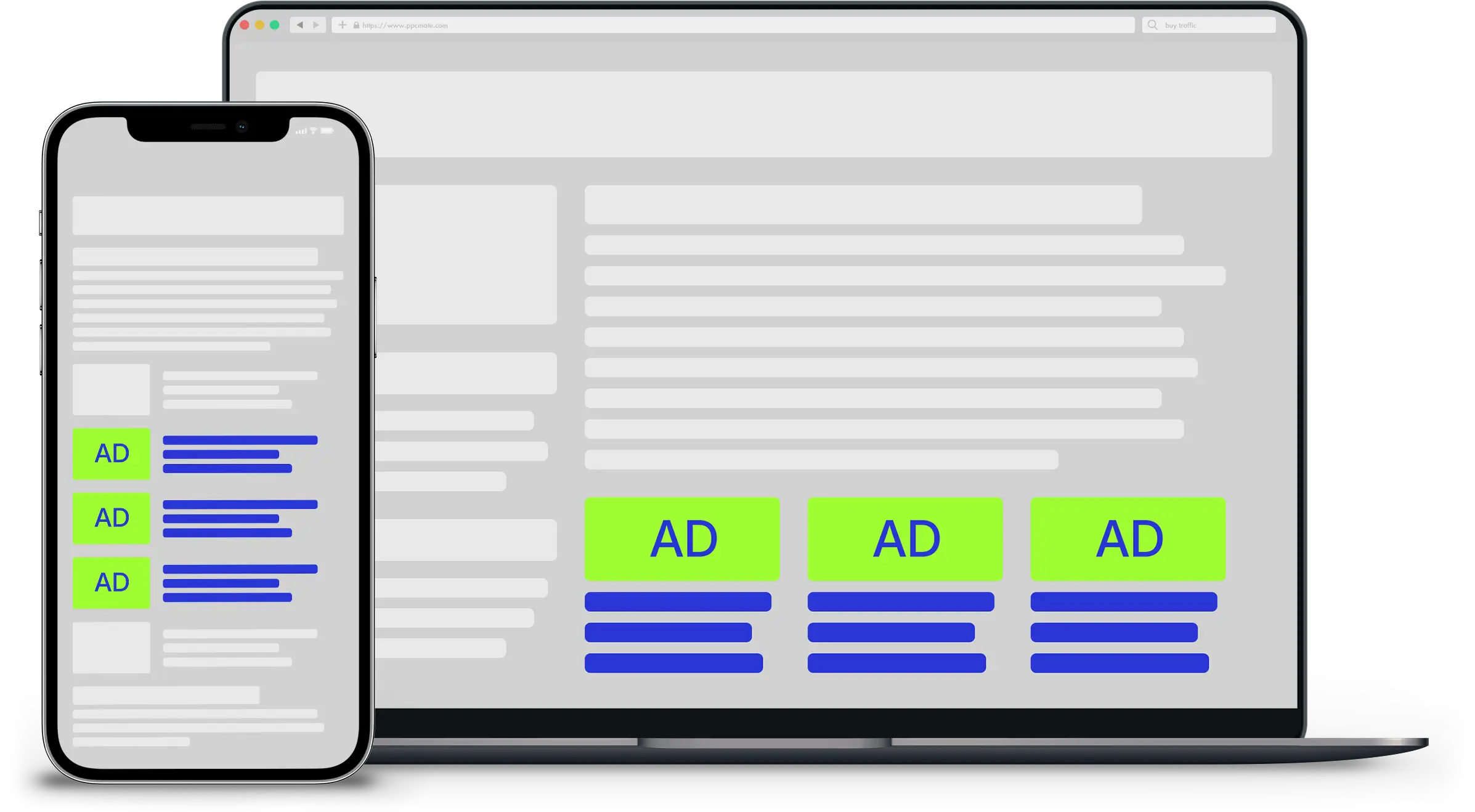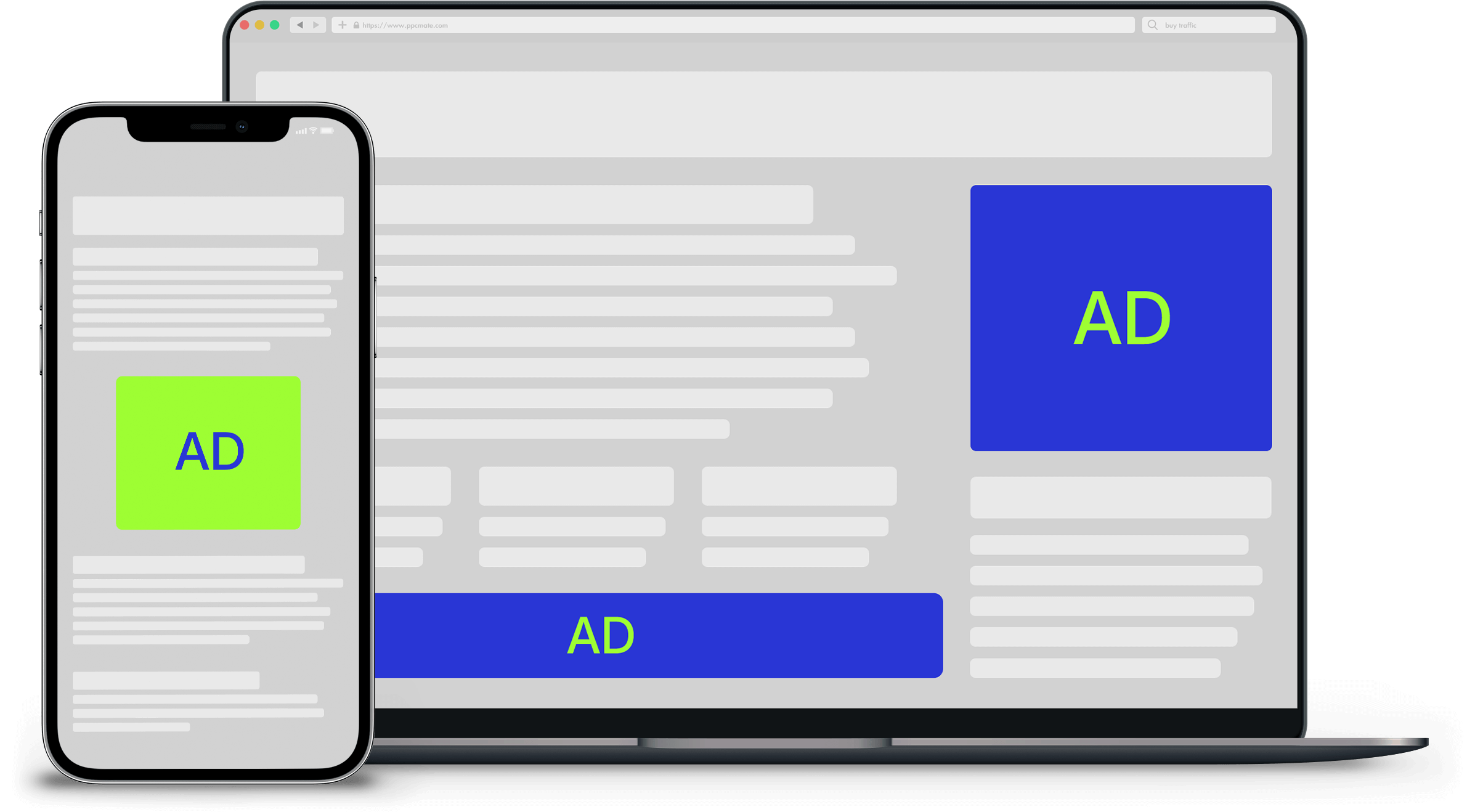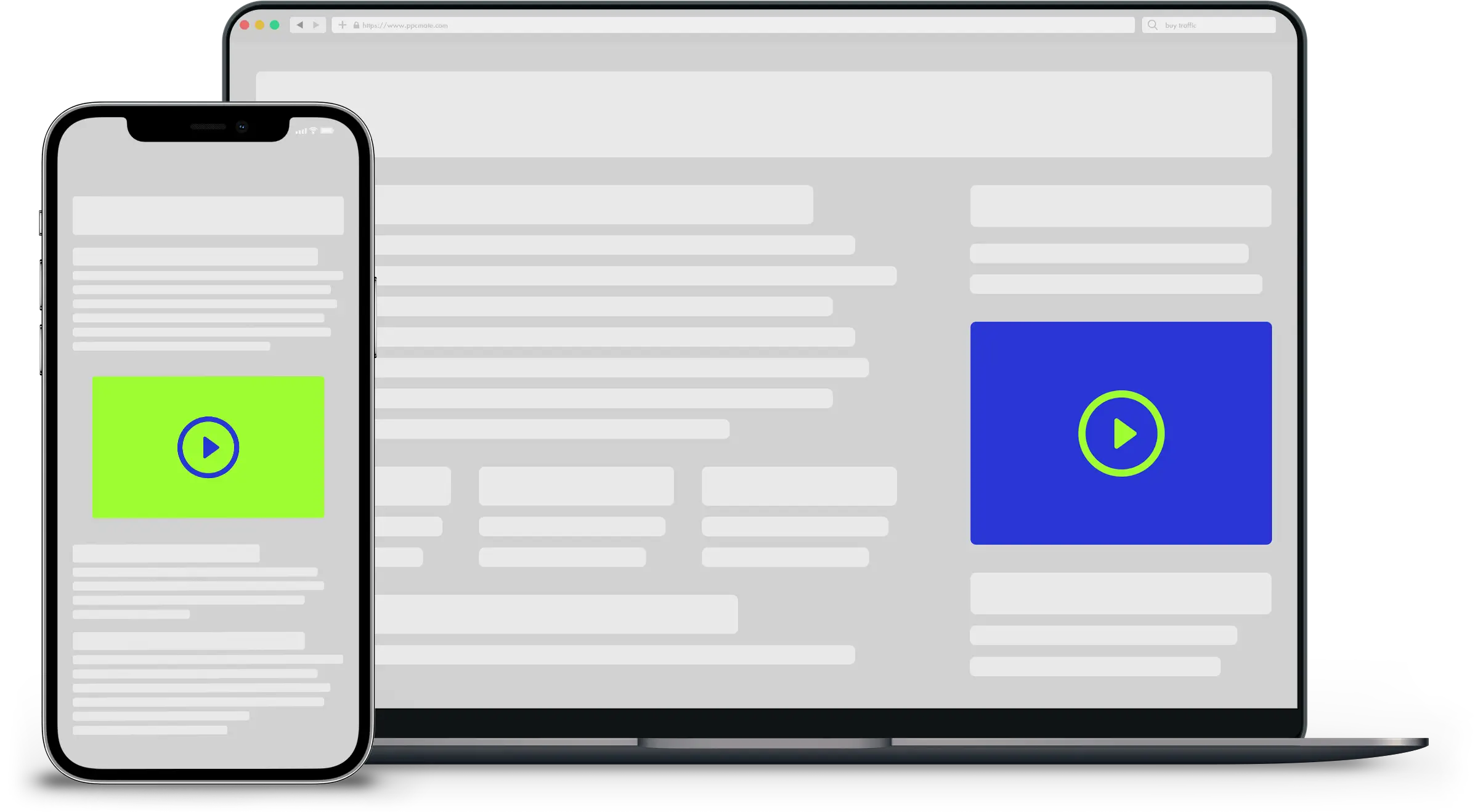Online advertising can be a powerful tool for any business, but its success often depends on how well your website turns visitors into customers. In other words, the art of conversion optimization is key. For those running PPC (Pay-Per-Click) campaigns, the website must not only capture attention but also guide users to take the right action. In this article, we explore practical strategies to boost your conversions by refining your website’s design.
Understanding the Role of Web Design in PPC
When someone clicks on your PPC ad, they expect to find information quickly and clearly. If your landing page is cluttered or confusing, your chances of converting that visitor drop dramatically. Web design for PPC means creating a page that meets the promise of your ad while providing a smooth user experience.
- Immediate Relevance: Your landing page should mirror the message of your ad.
- Speed and Simplicity: Fast-loading pages reduce bounce rates.
- Clear Call-to-Action (CTA): Tell your visitors exactly what you want them to do.
The Importance of Conversion Optimization
Conversion optimization isn’t just about making your website look pretty; it’s about strategically guiding your visitor toward an action, whether that’s making a purchase, filling out a form, or signing up for a newsletter. Here are a few elements that are critical:
- User Experience (UX): A well-organized site that is easy to navigate.
- Trust Signals: Elements such as testimonials, security badges, and clear contact information.
- Content Clarity: Simple, direct messaging that explains your offer without unnecessary jargon.
Designing a Landing Page That Converts
To succeed in web design for PPC, every element of your landing page must serve a purpose. Consider these design principles when building or refining your page:
1. Clean Layout and Intuitive Navigation
A cluttered page can overwhelm visitors. A clean, well-spaced layout ensures that your message stands out.
- Visual Hierarchy: Arrange elements so that the most important messages catch the eye first.
- Consistent Branding: Use colors and fonts that match your ad campaign and overall brand identity.
- Easy Navigation: Simplify menus and links to keep the focus on your conversion goal.
2. Engaging Visuals and Graphics
Images and graphics can help communicate your message quickly.
- High-Quality Images: Use clear and relevant images that support your copy.
- Videos: Short explainer videos can boost engagement and help explain your offer.
- Icons and Graphics: Simple icons can help illustrate benefits and features without overwhelming text.
3. Compelling Copy That Sells
Words matter when trying to convert a visitor into a customer. Your copy should be direct, easy to understand, and persuasive.
- Headline: The headline should immediately communicate the value of your offer.
- Bullet Points: Break down key benefits into easily digestible bullet points.
- Testimonials: Use real customer stories to build trust.
4. Clear and Prominent Call-to-Action
Your call-to-action (CTA) is the cornerstone of your conversion process.
- Action-Oriented Language: Use verbs like “Get Started,” “Claim Your Offer,” or “Learn More.”
- Visual Contrast: The CTA button should stand out using a color that contrasts with the rest of the page.
- Above-the-Fold Placement: Ensure the CTA is visible without requiring the user to scroll.

Mobile Optimization: A Must in Today’s World
A significant portion of online traffic comes from mobile devices. If your page isn’t optimized for smartphones and tablets, you’re likely missing out on potential conversions.
- Responsive Design: Ensure that your layout adapts to different screen sizes.
- Touch-Friendly Elements: Buttons and links should be large enough to tap easily.
- Simplified Forms: Minimize the number of fields in any forms to reduce friction.
Loading Speed and Technical Factors
Visitors can lose interest if your page takes too long to load. Technical aspects of your website play a vital role in conversion optimization.
- Fast Hosting: Invest in quality hosting that can handle your traffic.
- Optimized Images: Compress images without sacrificing quality to speed up load times.
- Minimal Code: Clean up unnecessary code and scripts that slow down your page.
A/B Testing for Continuous Improvement
Even the best-designed page can benefit from regular testing. A/B testing allows you to compare different versions of your landing page to see which performs better.
- Test Headlines and CTAs: Experiment with different wording and placements.
- Layout Adjustments: Try different arrangements of elements to see what works best.
- Color Schemes: Small changes in color can have a big impact on conversions.
Keep a log of your test results and make incremental changes. Over time, even minor improvements can add up to significant gains in conversion rates.
Building Trust with Your Audience
Trust is essential for conversion optimization. Visitors need to feel confident in your offer and your brand. Here are some simple ways to build trust through your web design:
- Display Reviews and Testimonials: Authentic reviews can reassure visitors that your product or service is reliable.
- Security Features: Show security badges, especially if you are collecting personal information.
- Transparent Information: Provide clear details about your product, pricing, and policies.
Using Data to Drive Design Decisions
Data is your friend when it comes to making effective design changes. Use analytics tools to understand how users interact with your landing page.
- Heatmaps: Visual tools like heatmaps can show you where visitors are clicking.
- User Surveys: Ask your visitors for feedback about their experience on your site.
- Conversion Funnels: Track each step of the conversion process to identify where users drop off.
Data-driven insights can help you pinpoint exactly which parts of your page need improvement.
Aligning PPC Ads with Landing Page Content
There must be a seamless transition from your PPC ad to your landing page. A disconnect between the two can cause confusion and lead to lost opportunities.
- Consistent Messaging: Ensure that the language in your ad matches the copy on your landing page.
- Visual Continuity: Use similar images and design elements in both the ad and the landing page.
- Aligned Value Proposition: Clearly explain how your offer meets the expectations set by the ad.

The Role of a Professional Partner
Sometimes, businesses benefit from the expertise of professionals who specialize in both design and digital marketing. For those looking to take their landing page performance to the next level, collaborating with a web design and marketing company like OWDT can be a smart move. These experts understand the nuances of web design for PPC and conversion optimization and can tailor strategies to fit your unique business needs.
Tips for Crafting a Humanized, SEO-Friendly Article
When developing content that ranks well in search engines and feels natural to human readers, consider the following guidelines:
Use Natural Language
- Simple Words: Choose words that everyone can understand.
- Active Voice: Write in a way that feels direct and lively.
- Avoid Repetition: Vary your phrasing to keep the content fresh.
Structure Content Clearly
- Subheadings: Break up the text with clear, descriptive subheadings.
- Bullet Points: Use bullet points to list important features and benefits.
- Short Paragraphs: Keep paragraphs short to maintain the reader’s attention.
SEO Best Practices
- Keywords in Context: Sprinkle the keywords throughout your content, but make sure they fit naturally.
- Meta Descriptions: Write a concise meta description that summarizes the key points.
- Alt Text for Images: Use descriptive alt text on images to boost SEO.
Best Practices from Competitors and Industry Leaders
While many sites offer tips on conversion optimization and web design for PPC, here are some advanced ideas drawn from leading industry practices:
Personalization
- Tailor Content: Adjust your content based on the visitor’s location, device, or behavior.
- Dynamic Elements: Use personalized greetings or offers that change based on the time of day or visitor’s past behavior.
Simplicity Over Complexity
- Focused Messaging: Avoid overwhelming visitors with too much information at once.
- White Space: Use plenty of white space to make your page easy on the eyes.
- Fewer Distractions: Eliminate unnecessary links or ads that could divert attention from your CTA.
Visual Consistency
- Brand Colors: Stick to a palette that represents your brand.
- Uniform Fonts: Use one or two fonts to maintain a consistent look.
- Balanced Layout: Make sure images and text are well balanced, without one overpowering the other.
Integrating Feedback Loops
- User Testing: Regularly test your site with real users to uncover pain points.
- Analytics Review: Schedule weekly or monthly reviews of your website analytics to track progress.
- Iterative Design: Make small adjustments over time instead of overhauling the entire design at once.
Practical Steps to Get Started Today
If you’re ready to take your PPC campaign to the next level through improved web design, here’s a simple action plan:
- Audit Your Current Landing Page:
- Examine your page for speed, clarity, and relevance.
- Identify any gaps between your ad promise and landing page content.
- Plan a Redesign Strategy:
- Create a list of design improvements based on the tips above.
- Outline the changes in a clear timeline.
- Implement Changes Gradually:
- Start with the most critical areas like the CTA and navigation.
- Roll out new elements one at a time to monitor their impact.
- Conduct A/B Tests:
- Experiment with different headlines, images, and button placements.
- Use testing data to refine your design further.
- Gather and Analyze Feedback:
- Use surveys, heatmaps, and direct feedback from users.
- Adjust your design based on real user experiences.
- Work with Experts if Needed:
- Consider partnering with a web design and digital marketing company to access specialized skills.
- Leverage expert advice to address any challenges you face.
Wrapping Up: The Path to Better Conversions
Improving conversions through effective web design is an ongoing process that requires a mix of creative design, technical skills, and data analysis. When your landing page aligns with your PPC ads and provides a smooth user experience, visitors are more likely to convert into customers. Focusing on conversion optimization and strong web design for PPC can make a significant difference in your campaign’s success.
Remember, small tweaks can lead to big improvements. A clean layout, engaging visuals, clear copy, and a focused call-to-action are the building blocks of a successful landing page. By regularly testing and updating your design, you can continue to boost your conversion rates and maximize your advertising investment.
___
Source: owdt.com
